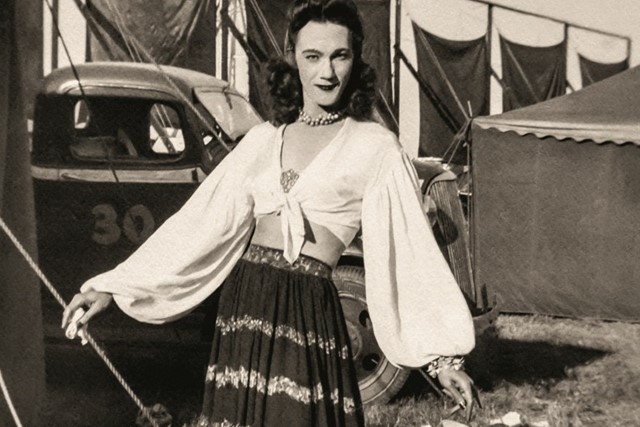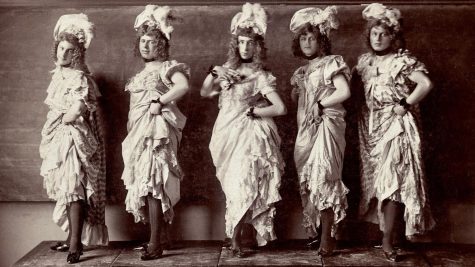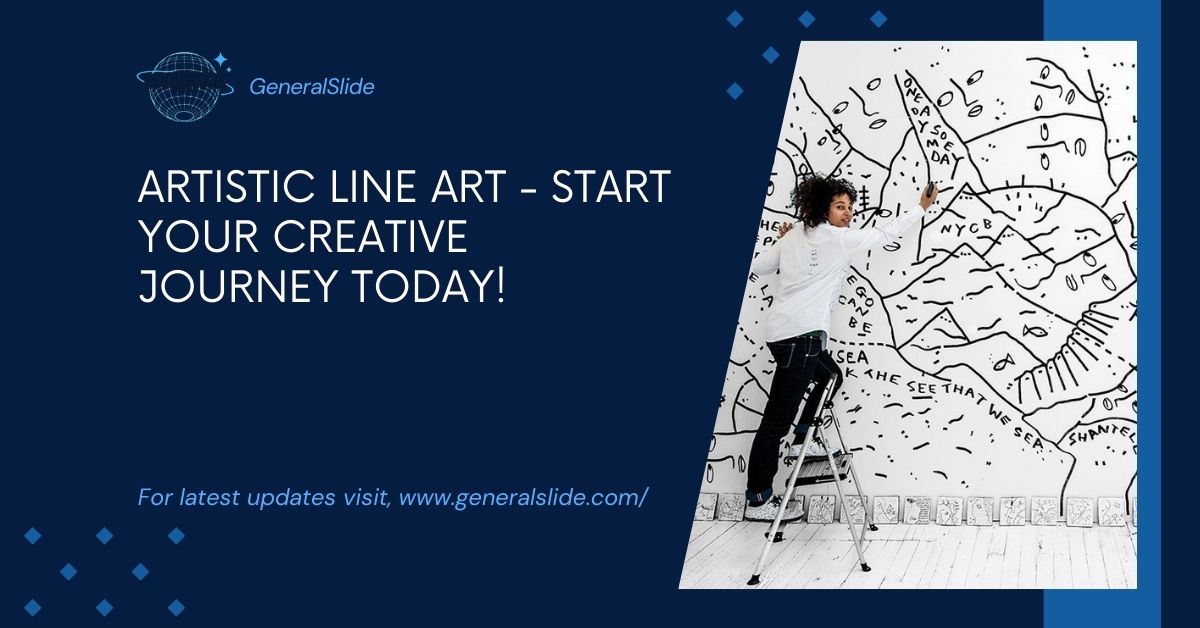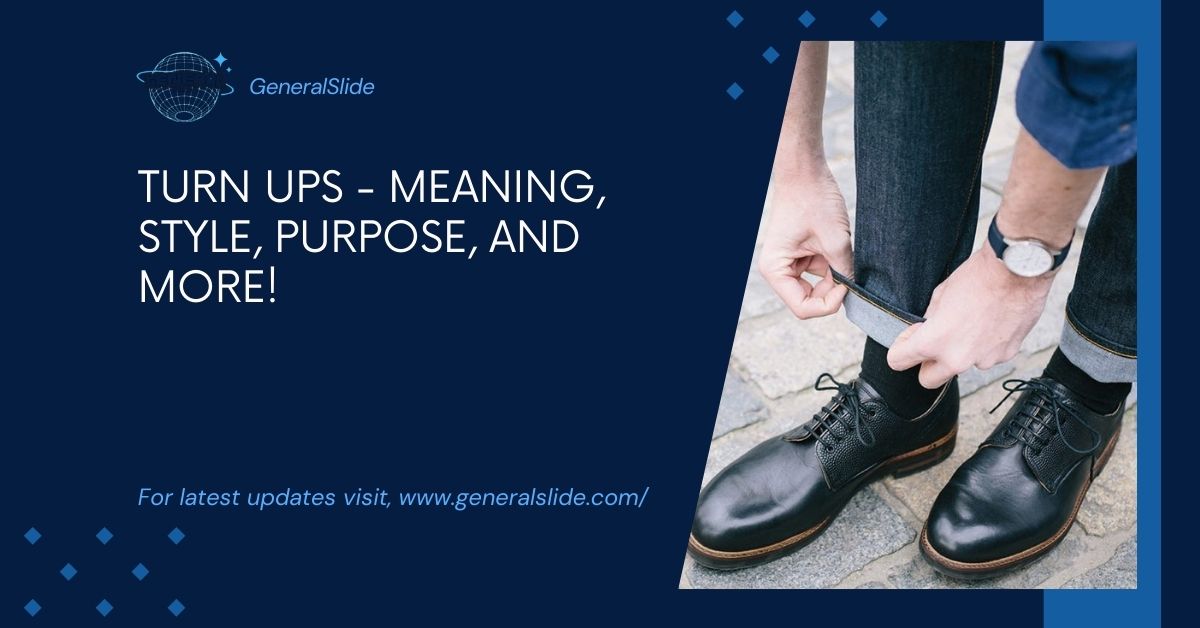Stories About Crossdressers – Exploring The Fascinating World Of Gender Expression!
When we think of “stories about crossdressers,” the first thing that often comes to mind is the imagery of someone donning clothing that is traditionally associated with the opposite gender. But, as we delve deeper into these stories, we realize that they encompass much more than just fashion—they represent a rich, complex, and evolving exploration of gender expression and identity.
Crossdressing is the act of wearing clothing typically associated with the opposite gender, often as a form of self-expression or exploration of gender identity. It has evolved over time and is increasingly accepted, though some still face social stigma.
Crossdressing, the act of wearing clothes typically associated with the opposite sex, is not a new phenomenon. It has been around for centuries, transcending cultures and societies. Yet, as with many gender-related issues, there is often a misunderstanding surrounding the practice. This article seeks to shine a light on these misunderstandings and explore what crossdressing truly represents.
The History of Crossdressing!
Crossdressing has been a part of many cultures for centuries, often linked to tradition, religion, or theater. In ancient times, people would crossdress to show power, break social rules, or take part in rituals. For example, in Ancient Greece, actors wore costumes for both male and female characters, playing roles outside of their gender. In some cultures, crossdressing wasn’t just about challenging norms—it was also a way to connect with the spiritual world. In certain Indigenous cultures, people known as “Two-Spirit” individuals would wear clothing from both genders.

Many historical figures have crossed the line of traditional gender roles by crossdressing, and their stories show different reasons behind it. Joan of Arc is one of the most famous examples. She wore men’s clothing during the Hundred Years’ War, not because she was trying to dress as a man, but because it was needed for her role in leading the troops. Her choice was both a challenge to gender expectations and a practical decision for her mission. Virginia Woolf, though not a crossdresser, explored the ideas of gender and identity in her writing.
Modern Crossdressing: Breaking Stereotypes!
1. How Crossdressing Has Evolved Over Time:
The concept of crossdressing has dramatically shifted in the modern era. In earlier years, crossdressing was often hidden, stigmatized, or viewed as taboo. However, over the decades, societal attitudes have begun to change. Today, more people are openly exploring their gender identity and expressing themselves through clothing in ways that break traditional norms.
One of the most significant cultural shifts has been in the visibility of crossdressers in mainstream media and entertainment. While there was once a time when crossdressing was relegated to fringe subcultures, now, we see crossdressers featured in films, TV shows, and even fashion magazines. This visibility has helped to normalize crossdressing as a valid form of self-expression.
2. The Impact of Crossdressing on Society Today:
In the current social landscape, crossdressing is no longer as taboo as it once was, but it still carries a degree of stigma. Many crossdressers report facing challenges related to societal acceptance, particularly in spaces where traditional gender roles are firmly upheld. Nonetheless, stories about crossdressers continue to challenge the status quo and spark conversations about the fluidity of gender.
Personal Stories: Real-Life Experiences!
- Sharing real-life stories of crossdressers provides invaluable insights into the lived experiences of individuals who express their gender outside societal norms.
- Humanizing crossdressing through personal stories makes it more relatable to the general public, helping to break down misconceptions.
- These stories offer a sense of community and validation for those who may feel isolated in their own experiences.
- One personal story: A man who felt confined by societal expectations as a male began exploring crossdressing to embrace his femininity after years of repression.
- Challenges faced in the journey: Finding supportive spaces and facing judgment, but ultimately achieving peace by expressing his true self.
- Many crossdressers describe the liberating feeling of wearing clothing that reflects a suppressed side of themselves.
- These stories are about more than just clothing; they represent identity, freedom, and joy in being authentically oneself.
- Expressing gender through clothing allows crossdressers to connect with their inner identity, freeing them from societal constraints.
The Psychological Aspect of Crossdressing!
Crossdressing is a means of self-expression and identity exploration for many people. It gives them the chance to connect with different sides of who they are and express feelings or desires that might be hard to put into words.
Through crossdressing, individuals can experiment with how they look and how they feel, which helps them understand themselves better. This process of self-discovery allows people to figure out how they want to present themselves to the world, giving them a deeper sense of who they are and what they want to share with others.
Crossdressing also plays an important role in understanding gender fluidity. For some, it’s not just about taking on the role of the opposite gender, but more about mixing elements from both male and female ways of presenting themselves.
Read: Toonkor359.Com – Your Ultimate Guide To Free Korean Comics!
Crossdressing in Pop Culture!
1. Crossdressing Characters in Movies and TV Shows:
Pop culture plays a major role in shaping public perceptions of crossdressing. Characters who crossdress in movies and TV shows have both entertained audiences and sparked important conversations about gender expression. One of the most famous examples is the 1993 film The Adventures of Priscilla, Queen of the Desert, which tells the story of two drag queens and a transgender woman traveling across Australia.
2. The Influence of Pop Culture on Crossdressing Acceptance:
As more crossdressing characters emerge in media, societal attitudes towards crossdressing have become more inclusive. These portrayals help to challenge outdated stereotypes and encourage people to embrace a broader understanding of gender.
Common Myths About Crossdressers!
Below is a table debunking some common myths about crossdressers:
| Myth | Reality |
| Crossdressing is only for men | People of all genders can crossdress. Both men and women may engage in crossdressing for various reasons, including self-expression or performance. |
| Crossdressers are gay | Crossdressing doesn’t determine sexual orientation. A person may crossdress regardless of their sexual preference. |
| Crossdressing is a mental disorder | Crossdressing is not a mental illness. It’s a way to express oneself and can be a component of a person’s investigation of their gender identification. |
| Crossdressers are just trying to be women | Crossdressing doesn’t necessarily mean a desire to transition to another gender. It’s often a form of personal or artistic expression. |
| Crossdressing is a phase | For many, crossdressing is not just a temporary interest but an ongoing part of their identity or lifestyle. |
This table helps clarify the misconceptions that are often associated with crossdressing, showcasing that it’s a diverse and misunderstood practice.
Legal Issues Surrounding Crossdressing!
In many parts of the world, crossdressers continue to face legal challenges, especially in areas where strict gender norms are enforced. These challenges can make it difficult for individuals who crossdress to live freely without fear of legal consequences. However, positive changes are happening, and some countries are introducing laws to protect people from discrimination based on their gender expression. These laws help ensure that crossdressers are not unfairly treated in areas like employment or public services, making it easier for them to live their lives without fear of legal retribution.

Despite these improvements, discrimination against crossdressers is still a reality in many places. People who express themselves in ways that don’t fit traditional gender expectations often face mistreatment at work, in public spaces, or even within their own communities. This makes legal protection crucial for the crossdressing community. Laws that protect individuals from being fired, denied services, or harassed because of their gender expression are essential in allowing people to express themselves freely and safely. Legal safeguards are important in making sure that crossdressers are treated with dignity and respect in all areas of life.
Crossdressing and Relationships!
1. How Crossdressing Can Affect Relationships:
For some, crossdressing is a deeply personal journey that can affect relationships. Some partners may feel uncomfortable with their significant other’s crossdressing, while others embrace it as part of their partner’s self-expression. Open communication and mutual understanding are key in navigating these challenges.
2. Support From Partners and Family Members:
Support from family and friends can have a significant impact on how a crossdresser feels about their identity. For those who are just starting to explore crossdressing, having a supportive partner or family member can provide reassurance and confidence.
Read: Tributedprintedpics – The Art Of Printed Memories With Tributeprintedpics!
FAQs:
1. What is crossdressing?
Wearing clothes that are usually associated with the other gender is known as crossdressing. It can be used for gender exploration, fun, or self-expression.
2. Is crossdressing the same as being transgender?
No, crossdressing is different from being transgender. Crossdressing involves dressing in clothes typically associated with the opposite gender, while transgender individuals experience a disconnect between their gender identity and their assigned sex at birth.
3. Can crossdressing be harmful?
Crossdressing itself is not harmful, but societal stigma and discrimination can have emotional and psychological impacts. It’s important to find supportive communities and safe spaces.
4. How do I start crossdressing?
If you’re new to crossdressing, start by exploring clothing and styles that make you feel comfortable. Try experimenting with makeup and find what suits your personal preferences.
5. What are some common challenges faced by crossdressers?
Crossdressers often face social stigma, discrimination, and challenges related to finding acceptance. It can also be emotionally taxing to navigate societal expectations and norms.
Conclusion:
Stories about crossdressers represent more than just the act of wearing clothes from the opposite gender—they are about self-expression, freedom, and the ongoing journey toward acceptance. While challenges remain, the future of crossdressing is one of progress, with greater visibility, support, and understanding on the horizon.
































































Post Comment